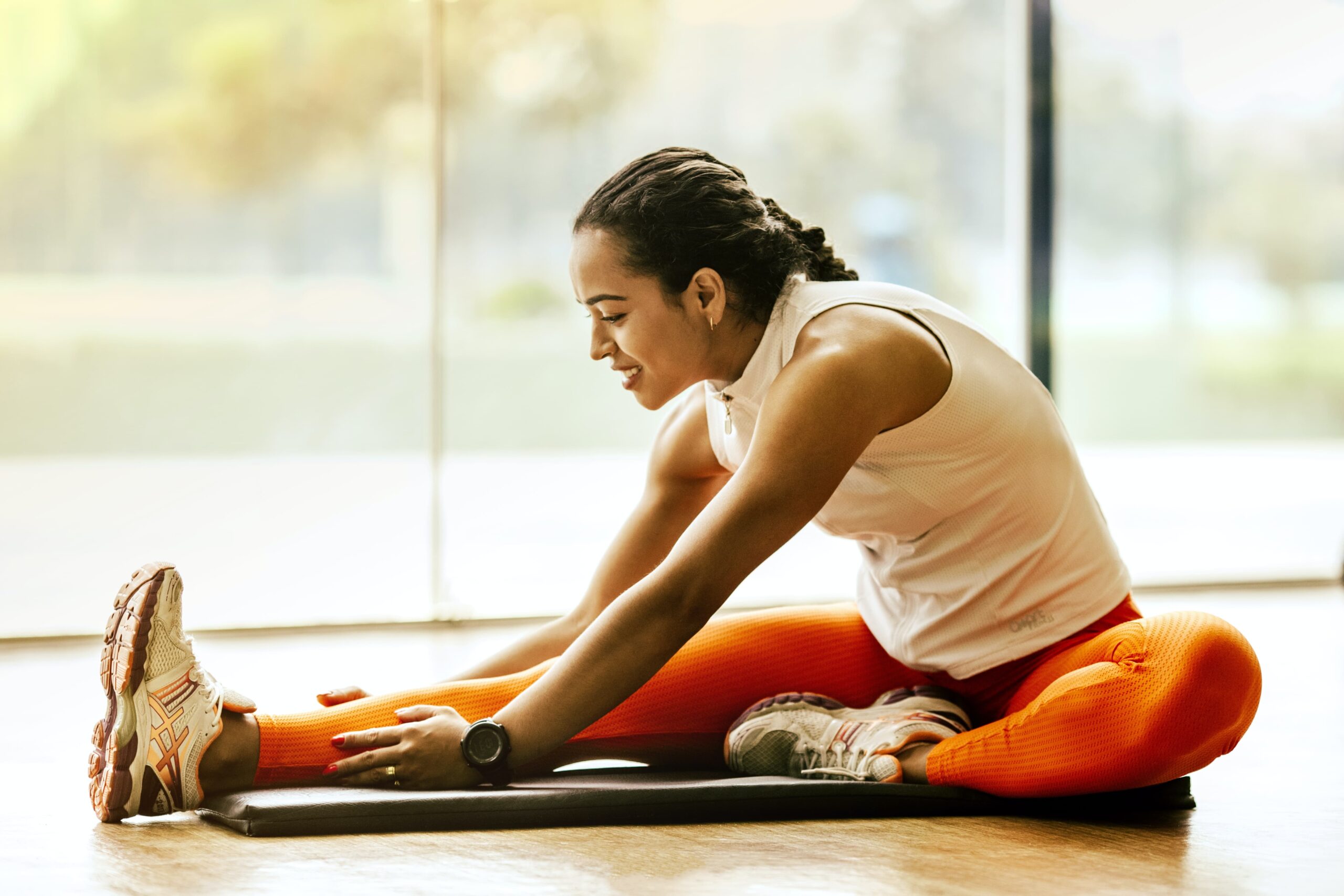While having a consistent exercise routine is essential for overall health and well-being, practically not everyone likes exercising while on their period.
It’s perfectly understandable: when you’re tired, moody, bloated, and in pain, why would you want to exercise and make yourself feel even more uncomfortable? Well, because exercise can actually be your ally during this time.
It’s true – exercise can actually decrease painful cramps, make you feel more energetic, and even boost your mood. But, because you may feel unusually tired or uncomfortable during this time, you might want to avoid strenuous exercise when you’re menstruating.
Here’s how to modify your exercise routine during your period so you can stay active and feel your best every day of the month.
Benefits of Exercising on Your Period
Exercising when on your period may not be particularly fun, but it does have a host of benefits.
- Reduce Water Retention: If you struggle with premenstrual symptoms like water retention and bloating, you’ll be happy to learn that there is some evidence suggesting that regular aerobic exercise and yoga can relieve these PMS symptoms. Of course, reducing sodium intake can also help lessen water retention.
- Alleviate Period Cramps: Participating in light physical activities during your menstruation can also help relieve painful period cramps. A review of existing evidence found that 45 to 60 minutes of exercise, regardless of its intensity, a minimum of three times per week may reduce the intensity of menstrual cramps.
- Enhance Mood: Exercising can boost your mood by releasing endorphins, or “feel-good” hormones. While this feeling of happiness or euphoria is commonly known as “runner’s high,” any aerobic activity, including a hike, can help enhance your mood.
The Best Workouts to Do on Your Period
While exercise is great for your physical and emotional health, you may find that certain workouts feel more comfortable than others during your period. For most women, the first couple days of their period may be the most uncomfortable due to heavier flow, so focusing on gentle, low-impact exercises might be better tolerated.
- Walking or Other Light Cardio: To stay fit and keep your heart happy during your period, keep your aerobic exercises but at a lower intensity. Taking a walk, hiking, or even swimming, can help ease the severity of your menstrual symptoms and improve your mood.
- Yoga and Stretching: Gentle yoga and stretching can work wonders for easing menstrual discomfort. Certain poses can target the lower back and abdominal muscles, helping to relieve tension. Plus, the deep breathing involved in yoga can promote relaxation.
- Low-Volume Strength Training: Strength training has numerous benefits, and there’s no reason to stop training when you’re on your period. However, it’s a good idea to dial back the intensity a little during this time. Instead of pushing yourself, go for lighter weights and higher repetitions.
What to Avoid During Your Period
While some women may be able to continue with their usual exercise routine during their period, many will want to at least slow things down during the first couple of days.
In fact, pushing yourself too hard by engaging in high-intensity workouts during your period can backfire. Here are some symptoms of exercising too much to pay attention to:
- Feeling extremely tired
- Needing longer or more frequent rests
- Having trouble sleeping
- Feeling depressed or anxious
- Losing weight
Cycle Syncing Workouts
Our hormones – and their fluctuations throughout the month – play an important role in how our body responds to exercise. One way to tailor your exercise routine (and diet if you wish to) to your menstrual cycle is to try the cycle syncing method.
Cycle syncing is the concept that hormone fluctuations can affect everything from your mood to energy, appetite, and even sleep.
It’s not been well researched so far, but the theory is that it can help you understand your monthly changes better and help you modify your exercise routine based on how you feel throughout the month.
So, how does it work? It’s all about understanding your menstrual cycle: its phases, how long it lasts, and the symptoms you experience before, during, and after your period. If you need help figuring out your period dates, tools like Flo Health’s period calculator can help.
By logging data about your cycle, period-tracking apps like Flo Health can help you see patterns and predict symptoms, which in turn can help you tailor your exercise routine to the current phase of your cycle.
For example, during your menstrual phase, when you have the least energy, you may want to do only low-intensity workouts. As mentioned, this is the ideal time for walking, stretching, or yoga.
During your follicular phase, you can expect your energy levels to increase, so this is the time to add cardio activities.
The ovulation phase is marked by high energy levels, making it the perfect time to focus on high-intensity exercises. Finally, moderate cardio and strength training become your best friends during your luteal phase.
Of course, every woman is unique, so it’s always best to listen to your body. Some days you might have more energy and feel up for more intense workouts, while other days, you might prefer gentler forms of movement.
Remember, if something doesn’t feel right, it’s okay to skip a particular exercise. It’s also okay to take a few days off during your period to rest.





